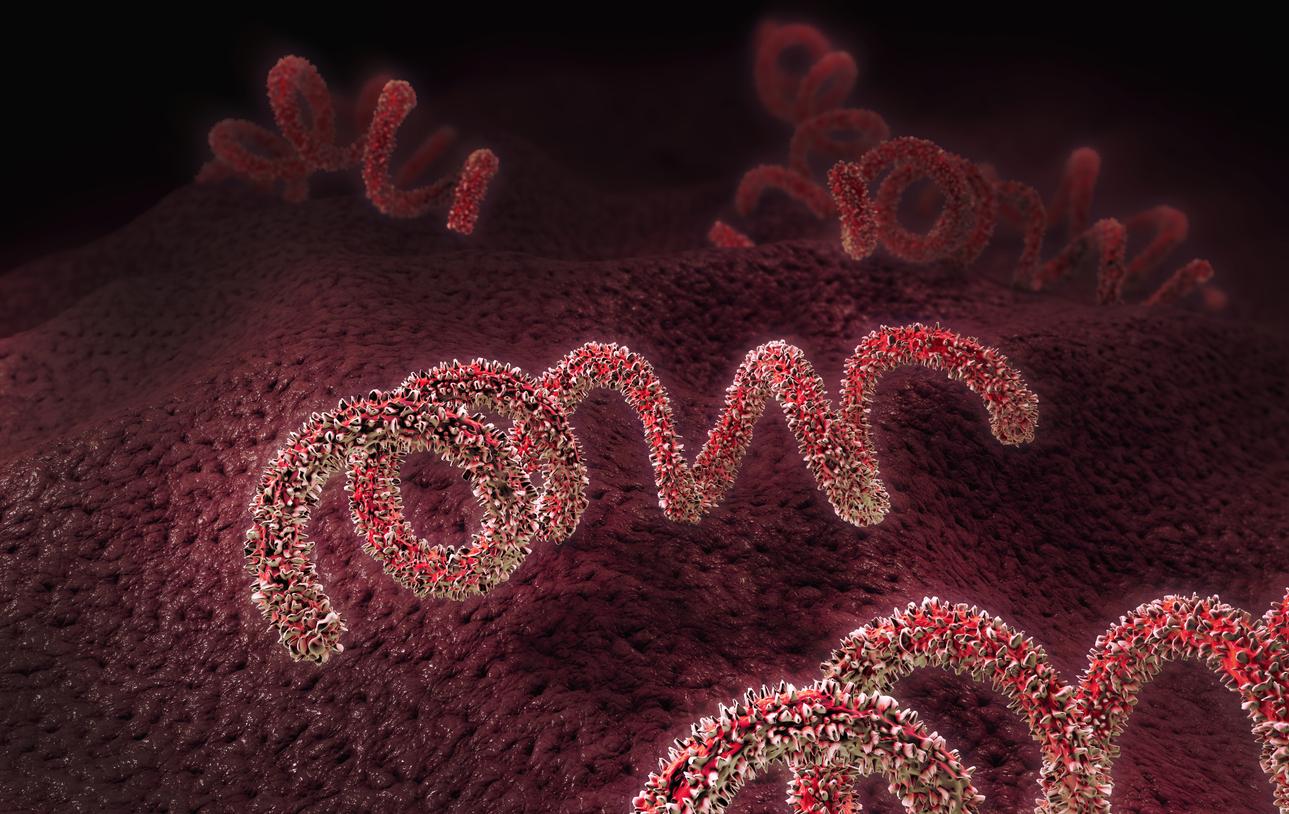Donovanosis: what is this disease?
Donovanosis or granuloma inguinale, is a sexually transmitted infection caused by a bacterium called Klebsiella granulomatis, usually transmitted during sexual activity. This bacterium produces usually painless, slowly growing ulcers (small sores) on the penis, genital or anal areas.
Until now, cases of donovanosis were mainly reported in South Africa, India, Australia, Papua New Guinea, the Caribbean or Brazil. But since 2019, British health authorities have reported an increasing number of cases, rising from 19 in 2016 to 30 in 2019. Sex with people staying or having stayed in these risk areas greatly increases the risk of contracting the disease.
>> Namely: There are four types of donovanosis: ulcerogranulomatous, hypertrophic, necrotic, and fibrous. Types are characterized by how the lesions appear.
Donovanosis: what are the signs?
Small painless nodules appear in the areas of sexual contact about 10 to 40 days after infection. Later, these nodules burst, creating small, open, oozing sores. If left untreated, the infection continues to spread through the lymphatic system and destroy tissue.
In women, the lesions sometimes reach the cervix and can affect the wall of the vagina. And in very rare cases, the disease can affect the liver or the bones.
>> In a small proportion of people, the disease can be spread through skin-to-skin contact. This explains why children can be affected, as well as people who have had no sexual contact.
Donovanosis: how is the diagnosis made?
For experienced physicians, the diagnosis is clinical at the mere sight of ulcerations. However, it may be necessary to remove a piece of tissue to look for the presence of the Klebsiella granulomatis bacterium.
Doctors also test for HIV because donovanosis ulcers can bleed easily and are a known risk factor for transmission of AIDS.
How is donovanosis treated?
This bacterial infection is treated with a course of several weeks of antibiotics, in particular azithromycin, which stops the growth of bacteria (better known as Zithromax). The infection begins to regress after a week of treatment, but the latter is prolonged in order to minimize the risk of relapse. If the ulcers are painful, the doctor also prescribes painkillers.
Source : National Syndicate of Dermatologists Venerologists
Read also :
- He goes to the hospital for a headache and discovers that syphilis has reached his eyes
- Soon a vaccine to protect against chlamydia?
- STI: one million new cases every day


















